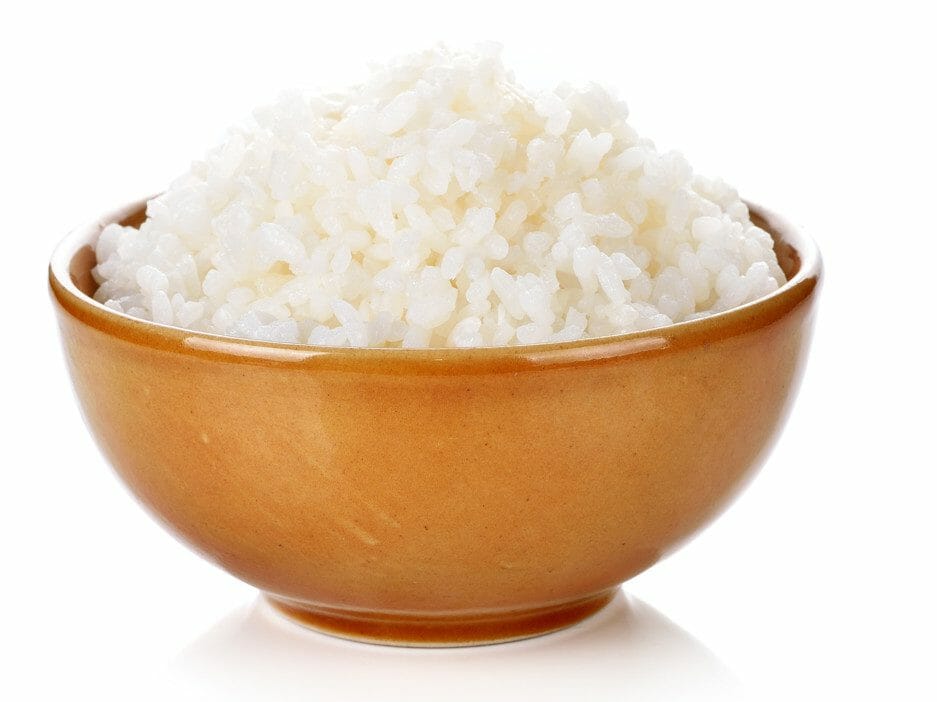Diarrhea in Dogs
Although a dog can be one of the most rewarding things in life, most dog owners can agree on the fact that cleaning up after a dog’s accidents is anything but rewarding. Dog diarrhea is one of those common accidents that can be quite inconvenient for dog owners.
However, if a dog has diarrhea, it is happening for a reason. These reasons can range from an irritated stomach to disorders in the liver or gastrointestinal tract. It is imperative that dog owners regularly take note of the characteristics of the dog’s stool, especially the size, color, and consistency. These characteristics provide clues about the state of the dog’s health.
In and of itself, diarrhea is not a health condition. However, it can be indicative of a health condition. This is why it is crucial that a dog’s stool be examined, and special attention be paid when a dog is having diarrhea. If other problems are arising concurrently with the diarrhea, a trip to the dog’s vet is advised. There are two primary types of diarrhea in dogs:
- Small Bowel Diarrhea: In this type, diarrhea comes out as a puddle on the floor. It is watery and undefined in shape. This can result in extreme dehydration and a deficiency in electrolytes in the body.
- Large Bowel Diarrhea: In this type, small amounts of mucus or blood-filled stool is seen. The dog usually is in pain from this diarrhea.
If blood is observed in a dog’s stool, it is almost always an indication of a more serious health problem that should be evaluated immediately.

Causes of Diarrhea in Dogs
Dog diarrhea causes are as widespread as they are commonplace. Dogs can experience a rapid onset of diarrhea (acute) or diarrhea that is continually occurring throughout a period of time (chronic). Acute diarrhea often happens when a dog consumes inedible objects or plants, while chronic diarrhea is found in dogs with long-term health problems. Below are some of the more common causes of dog diarrhea:
- Disorders associated with metabolism (pancreas, thyroid, liver issues)
- Anxiety or overexcitement
- Infections from viruses or bacteria
- Carcinomas
- Intestinal parasites such as ringworms or hookworms
- Introduction of new foods to diet or medication
- Ingestion of poisonous substances
- Interaction with allergens
It should also be mentioned that puppies are particularly susceptible to the parvovirus (parvo), which often starts out with incessant diarrhea. Parvo is a viral infection that can be fatal if left unattended. Puppy diarrhea should be watchfully observed for further symptom development. In general, no matter what caused the diarrhea, dogs that have diarrhea that does not go away after a few days should be examined by a vet.

The Meaning of Different Types of Dog Stool
When examining a dog’s waste, dog owners receive an inside look at the potential health issues the dog may be facing. The differences in the shade, texture, and form of the stool can provide a great deal of information on what may be afflicting a canine. It should be understood that while small differences in the stool are common in a healthy dog, owners should be on the lookout for any noticeable changes that may come up by regularly checking the stool.
A healthy dog produces stool that is chocolate brown in color, looks like an extended log in form, and remains uniform and compact in texture. The amount of stool the dog produces should correspond to how much it consumes in its daily intake of food.
A sick dog usually produces stool that is moist, soft, or even liquid-like. The colors associated with sick dogs are telling of what is going on internally. Green and yellow tinged stool points to problems in the pancreas, gastrointestinal tract, liver, or gallbladder. Black or grey stool is more serious and can mean intestinal bleeding.
Bloody diarrhea in dogs or blood-streaked stool can pose the most serious issue of bleeding in the gastrointestinal tract. If black or bloody stool is seen, a vet should be notified straightaway in order for the dog to receive dog diarrhea treatment.

When to Worry About Dog Diarrhea
Although more often than not, diarrhea remains a short-lived, minimal issue, it can turn serious. When diarrhea that is blackened or bloody is seen alongside other abnormal health-related symptoms, it can point to the possibility that a serious health problem may be occurring in the dog. The following symptoms should receive close and careful interest if they occur along with diarrhea:
- Upset stomach
- Vomiting and nausea
- Fever
- Lethargy or inactivity
- Decline in food and water consumed
- Change in overall mood
These signs, in combination with bloodied or blackened waste from dogs, should not be discounted as a temporary issue. As inconvenient as a trip to the vet may be, the vet will provide the dog the proper dog diarrhea treatment and the care required for its condition.

How to Stop Diarrhea in Dogs
Depending on the severity associated with the type of diarrhea and symptoms, knowing what to give dogs for diarrhea can be as easy as an Internet search. However, this should only be for diarrhea that is short-lived and minor. If discolored or watery diarrhea occurs for an extended amount of time, a vet should be consulted about dog diarrhea treatment.
This is even more so true and urgent if the dog is experiencing any of the additional symptoms with the diarrhea. In the best-case scenario, a vet should be consulted before any type of treatment is administered, no matter the severity.
A dog diarrhea home remedy should be comprised of a diet high in fiber and probiotics to restore lost nutrients. For 12 to 24 hours, a dog should either fast or be fed bland foods such as plain rice and chicken. Plenty of water should always be supplied.
Although it is a controversial food for a dog, many dog owners rely on pumpkin to aid in a dog’s chronic diarrhea. Pumpkins are high in the nutrients and vitamins that a dog low on enzymes needs. Dog owners should be warned that the only fresh pumpkin or plain, canned pumpkin should be fed to a dog. A canned pumpkin pie is strictly off-limits for dogs because it may contain xylitol. The American Kennel Club provides some advice on what pumpkin products to use and avoid.
Some of the more potent, fast-working dog diarrhea medicine, such as de-wormers and anti-diarrheals, can be found at the vet’s office. Whatever treatment is chosen, if a dog does not respond to treatment and the situation degrades, a vet should be consulted immediately.
Can I Give My Dog Imodium for Diarrhea?
In short, yes, dogs are able to receive Imodium as dog diarrhea treatment. Imodium is a synthetic opioid that can help the intestines function properly and allow food to move through them with ease. They have been found to work well in diminishing diarrhea.
However, a caveat is attached to this drug. Imodium is known to interact harmfully with dogs that are pregnant or those that have certain health or allergy issues. Inherited genes can also be injuriously affected. For this reason, a vet must be consulted before Imodium giving to a dog for diarrhea issues, just as a dog owner should consult with a vet before giving a dog Benadryl.



